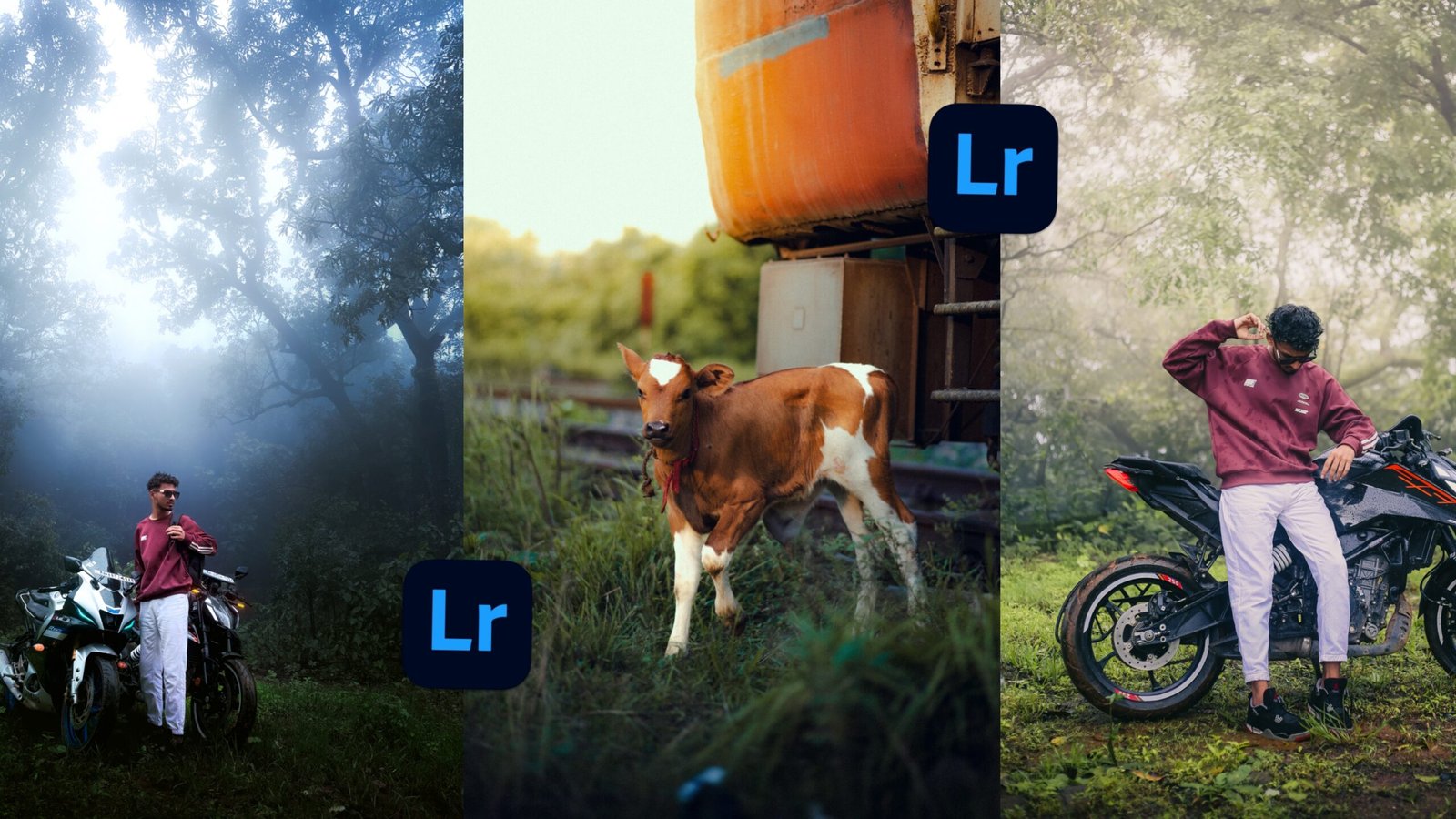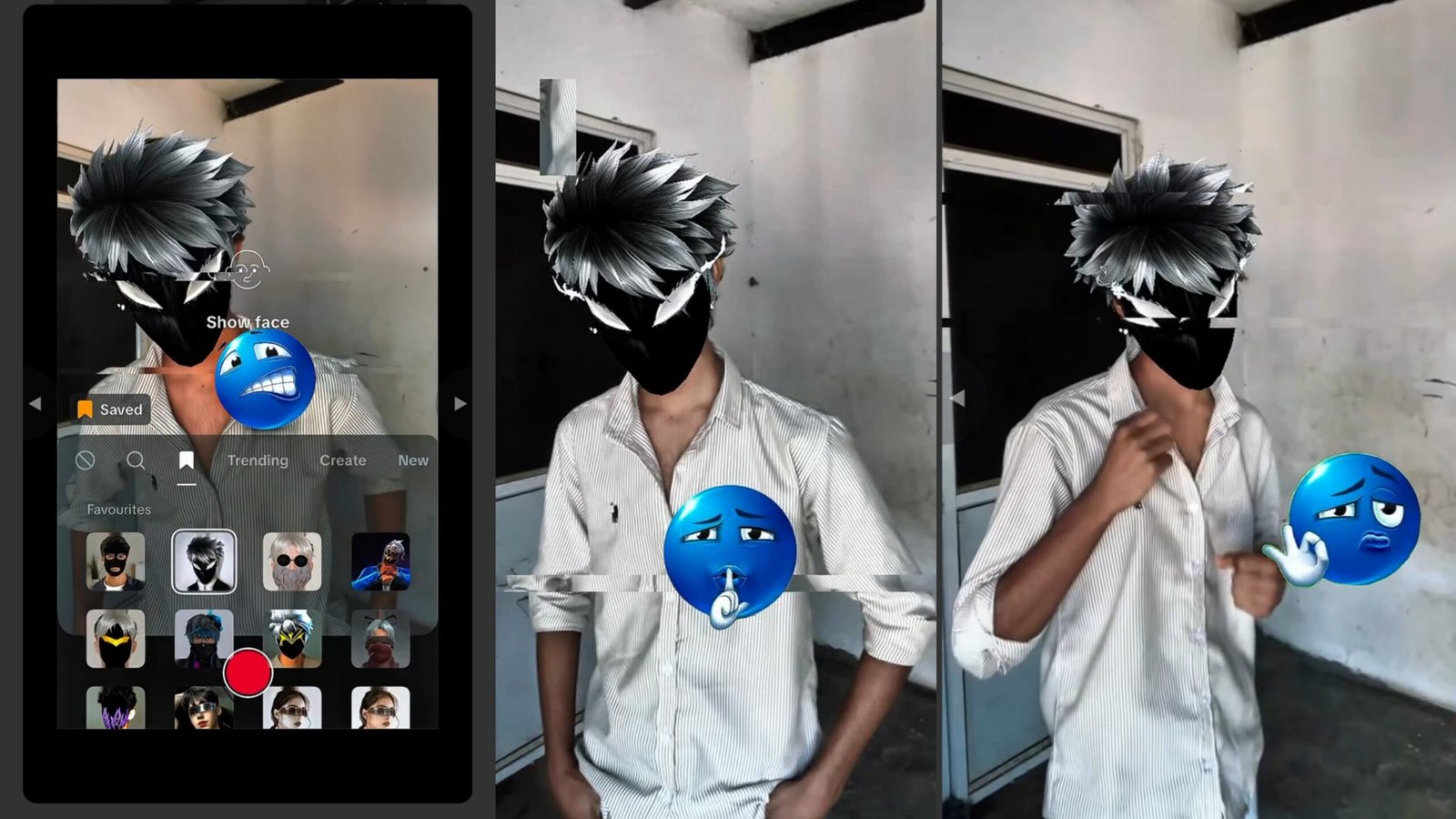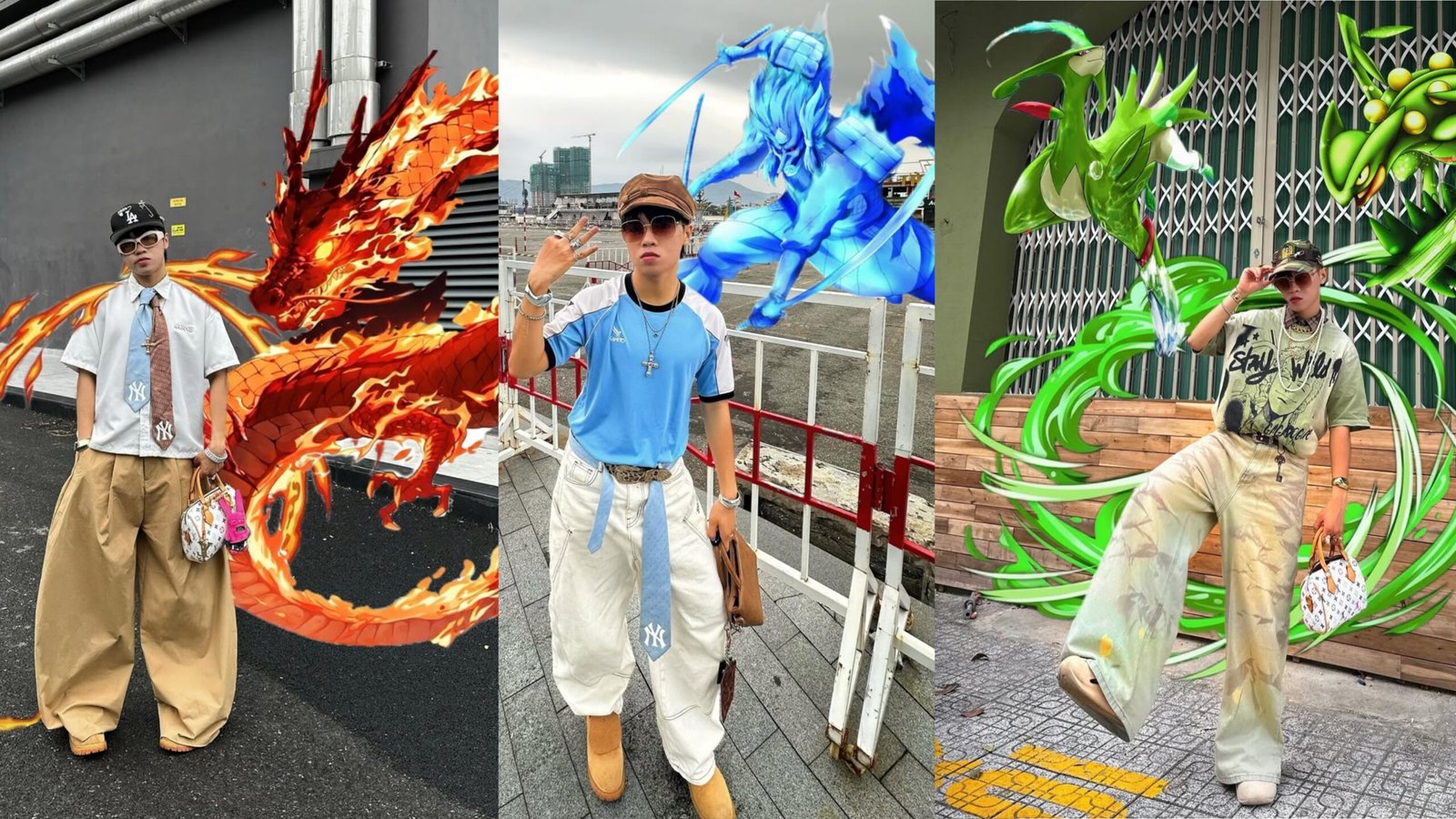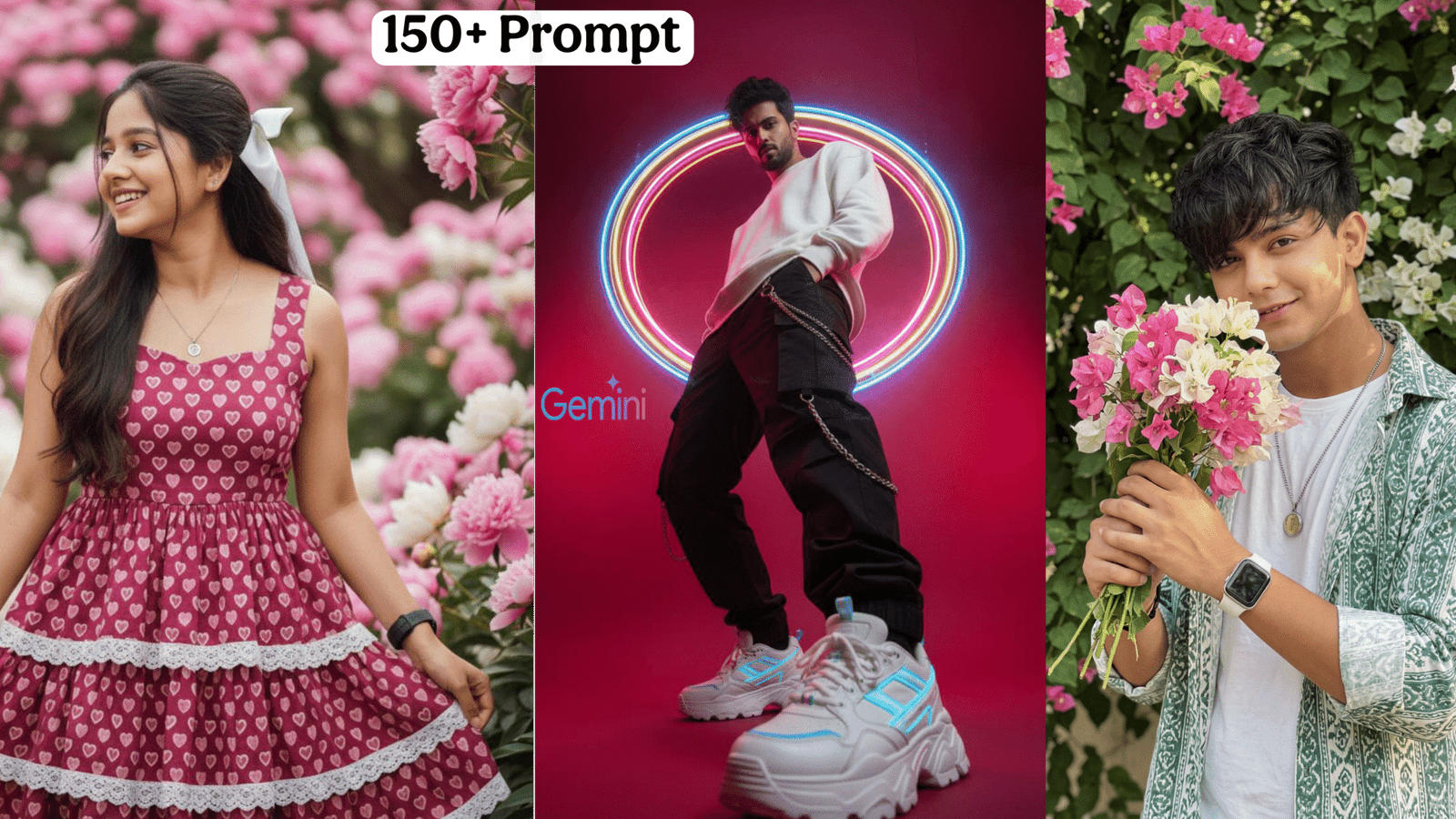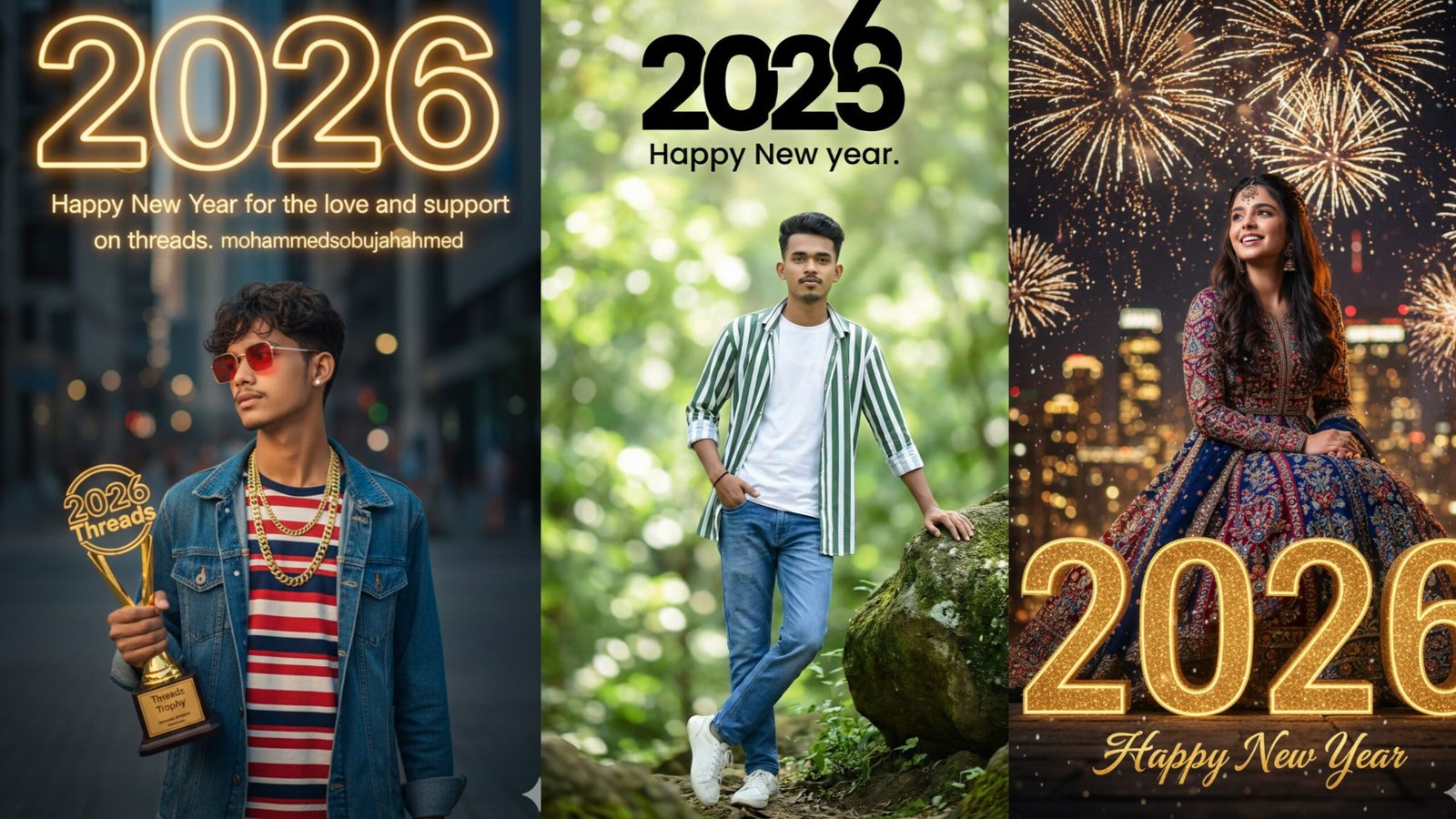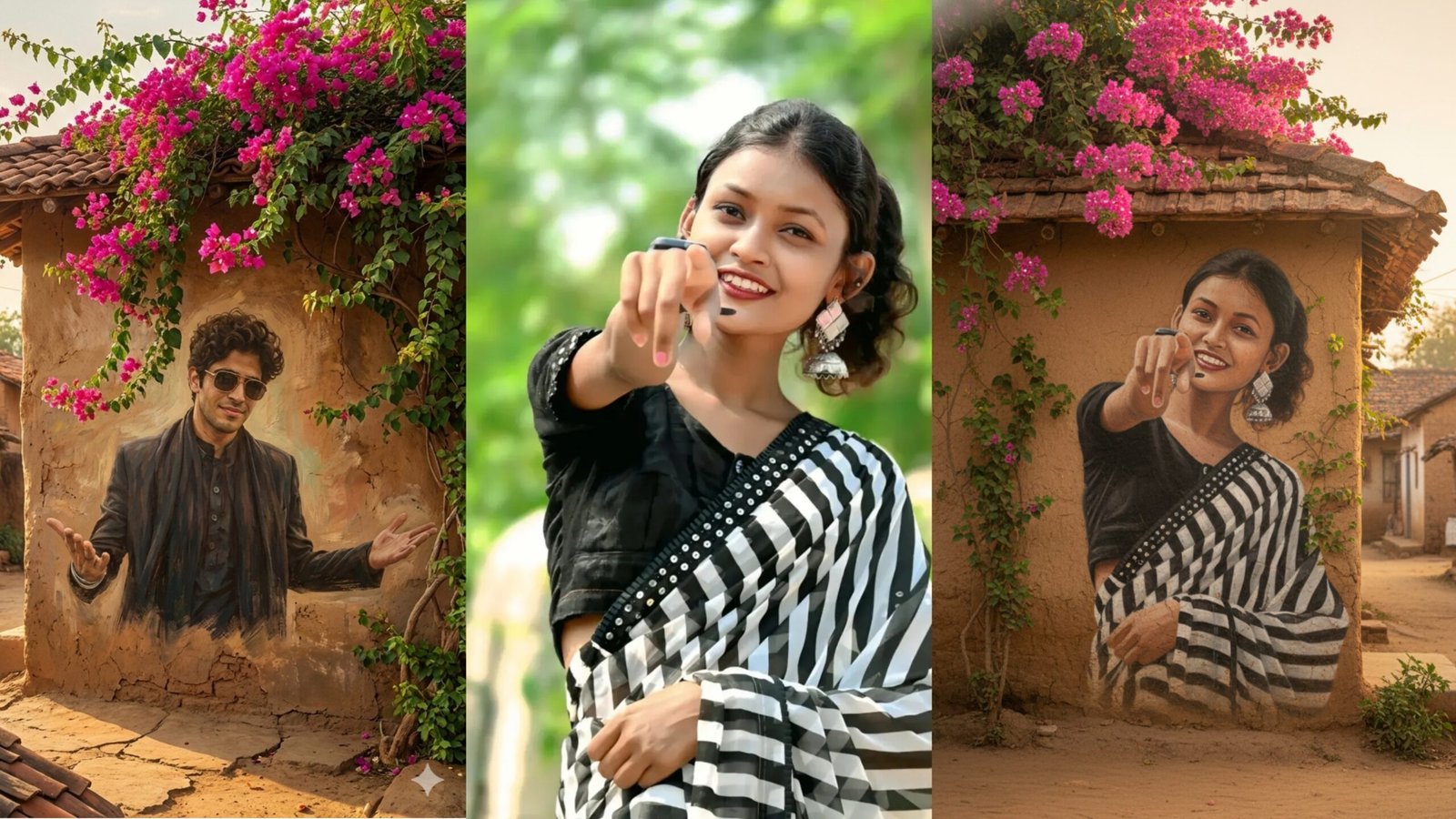In the digital era of photography, where a single event can generate hundreds of images, the post-production phase has become as crucial as the moment of capture. For millions of photographers, from the dedicated enthusiast to the bustling professional, Adobe Lightroom is the command center for this work. Yet, the real engine of efficiency and creativity within this powerful software is a single, often-misunderstood tool: the Lightroom preset. More than just a simple filter, a preset is a complete, pre-configured set of editing instructions that can transform an image with a single click.
This extensive article will serve as your ultimate resource on the Lightroom preset. We will deconstruct its fundamental nature, explore its profound benefits, and provide a comprehensive guide on how to use, customize, and even create your own. Whether you are a content creator in bustling New Delhi looking to establish a consistent brand aesthetic or a landscape photographer in the tranquil hills of Himachal Pradesh seeking to streamline your editing, understanding and leveraging presets is a non-negotiable step toward a more professional and efficient workflow.
Decoding the “Lightroom Preset”: A Definition and Its Distinction
At its core, a Lightroom preset is a saved “recipe” of editing adjustments. When you manually adjust sliders for exposure, white balance, contrast, highlights, shadows, tone curve, HSL (Hue, Saturation, Luminance), sharpening, and more, you are creating a unique look. A preset is simply the digital file that records all of these specific slider positions. This allows you to apply that entire combination of adjustments to another photo instantly, achieving the same aesthetic without having to manually recreate the edit.
It is crucial to differentiate a preset from a filter. A filter, as seen on many social media apps, is typically a simple overlay with fixed, unchangeable properties. It’s a one-way street. A Lightroom preset, by contrast, is a non-destructive, customizable starting point. After you apply it, all the sliders and settings are still fully adjustable, giving you complete control to fine-tune the edit for that specific image. This flexibility is what makes a preset a powerful creative tool rather than a mere shortcut.
The Five Pillars of Preset Power: Why They Are Indispensable
The adoption of presets has become a hallmark of a professional photographer’s workflow. Their widespread use is driven by five core benefits that address the most common challenges in digital post-production.

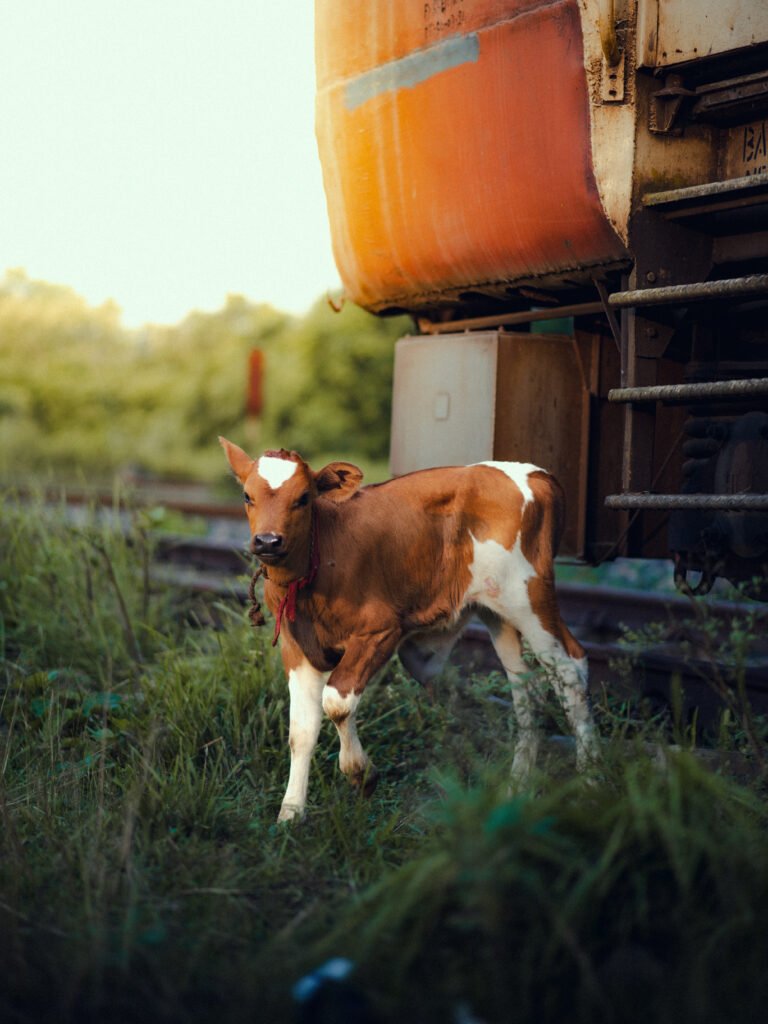

1. Unmatched Efficiency and Time-Saving
For photographers who handle a high volume of images—such as wedding, event, or product photographers—editing can consume more time than the actual shoot. A Lightroom preset is a game-changer for this workflow. With Lightroom’s batch editing functionality, you can apply a single preset to an entire gallery of hundreds or thousands of photos in a matter of minutes. This reduces editing time from days to hours, allowing you to deliver content faster and focus on more creative tasks or new projects.
2. Cultivating a Cohesive and Recognizable Style
In a visually saturated market, a photographer’s work must stand out. A consistent and recognizable style is the key to building a strong personal brand. By using a signature preset or a collection of presets that share a similar aesthetic, you can ensure that every image you publish—on your website, social media, or in a client portfolio—has a uniform look and feel. This visual continuity not only creates a professional appearance but also helps clients and followers instantly recognize your work. For a travel blogger, a specific preset can give all their photos from Rajasthan or Goa a shared, vibrant, and cohesive feel.
3. A Powerful Learning and Growth Tool
For those new to Lightroom, the sheer number of editing options can be overwhelming. Presets serve as a fantastic educational resource. By applying a preset created by a professional, you can deconstruct the edit to see exactly which sliders and settings were adjusted to achieve a particular look. This process demystifies complex editing techniques, such as the tone curve or color grading, providing a fast-track to understanding advanced concepts without the trial and error of starting from scratch.
4. Fostering Creative Inspiration and Exploration
Creative blocks are a reality for any artist. A Lightroom preset can act as a catalyst for inspiration. Applying a preset with a style you wouldn’t normally try can open up new creative avenues. It allows you to quickly experiment with different moods, color palettes, and aesthetics, encouraging you to push the boundaries of your own photographic voice and discover new styles that resonate with you.
5. Professional Results for All Skill Levels
While a preset cannot fix a poorly composed or exposed photo, it can elevate a good image to a great one. For beginners, a well-crafted preset instantly provides a professional-level look, boosting confidence and simplifying the editing process. For experienced photographers, a preset is the solid foundation upon which they can build their custom, image-specific tweaks, ensuring that they never have to start from square one.
The Mechanics of Mastery: A Step-by-Step Guide
To truly harness the power of a Lightroom preset, you must understand how to find, use, and even create them.
Finding and Installing Presets
- Free Presets: Many photographers and brands offer free presets. These are an excellent way to test different styles and see how they work on your images before making a purchase.
- Paid Presets: A massive and thriving market exists for premium preset collections. These are often meticulously crafted by professional photographers and are designed to work across a variety of lighting and shooting conditions. Look for collections that offer presets for different scenarios (e.g., a “Golden Hour” preset, a “Wedding Reception” preset, or a “Portrait” preset).
- Installation: Presets come in
.XMPor.DNGfile formats. In Lightroom Classic, you can easily import them by going to the Presets panel and clicking the plus icon. For Lightroom Mobile, the process involves importing.DNGfiles as photos and then creating a preset from their embedded edits.
Using Presets Effectively
- Shoot in RAW: For the most flexibility, always shoot in RAW format. A RAW file contains the maximum amount of data, allowing the preset to make the most impactful and non-destructive adjustments.
- Apply with a Preview: In Lightroom, you can hover over a preset to see a live preview of the edit on your image. This quick-glance feature saves you from clicking through every single preset.
- Refine and Customize: After applying a preset, the most crucial step is to fine-tune the edit. Adjust the exposure and white balance to match your specific image. Tweak the sliders for contrast, shadows, and highlights to perfect the look. This final 5% is where your personal style truly shines.
Creating Your Own Presets: Building Your Signature Style
The ultimate form of preset mastery is creating your own. This not only gives you a truly unique aesthetic but also reinforces your understanding of the editing process.
- Edit a “Hero” Shot: Select a well-exposed and composed photo that you’ve edited to perfection. This image will serve as the template for your preset.
- Save the Recipe: In the Develop module, click the plus (+) icon on the Presets panel and select “Create Preset.”
- Choose Your Settings: A dialog box will appear, allowing you to select which adjustments you want to include in your preset. It’s often best to deselect “Exposure” and “White Balance” as these settings are unique to every shot. You can also save specific settings like a tone curve, color grading, or a grain effect.
- Organize and Sync: Name your new preset and save it to a custom group. Once created on a desktop, it will automatically sync to all your devices via the cloud, making it accessible on Lightroom Mobile.
The Future of Presets: AI and Adaptive Editing
The evolution of the Lightroom preset is not stopping here. Adobe is increasingly integrating AI into its software. We are already seeing “Adaptive Presets” that can intelligently apply effects only to specific parts of an image, like a sky or a subject’s face, without the need for manual masking. This integration of AI will make presets even more powerful and intuitive, further streamlining the workflow and pushing the boundaries of what’s possible with a single click.
Conclusion: From Shortcut to Signature
The Lightroom preset is far more than a simple shortcut for lazy editing. It is a sophisticated, versatile, and indispensable tool that empowers photographers of all skill levels to elevate their craft. From the unmatched efficiency it brings to a high-volume workflow to the creative consistency it establishes for a personal brand, presets have fundamentally changed the way we approach post-production. By understanding their function, leveraging their benefits, and learning to create your own, you can transform your editing process from a tedious chore into an intuitive and creative part of your photographic journey. Whether you are a professional delivering a polished portfolio or a hobbyist sharing memories with family and friends, mastering the art of the preset is a crucial step toward creating a body of work that is as impactful as it is beautiful.
